Pixie Moss
Pyxidanthera brevifolia
Status: Vulnerable
The name Pixie Moss may have people thinking about small little fairies with pixie dust. Although their name is pixie moss, they are actually small flowering plants. These perennial plants bloom in late April early May, producing tiny white five pleated flowers.
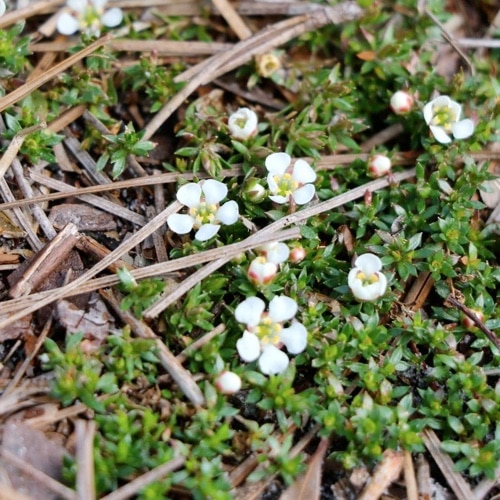
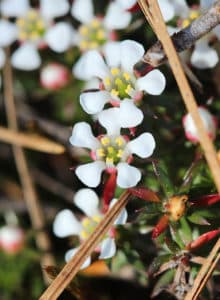
Habitat & Range
Pixie moss used to have a wide distribution in most of the northeastern states. Now, pixie moss is only found in North Carolina and South Carolina. They are often found in sandhills because of the sandy soils. Sometimes they are found in open pine woodlands.
Food Web & Energy Flow
Pixie moss are primary producers since they get their energy directly from the sun. In order for these plants to survive they require soil, water, and a lot of sunlight.
Relationship to Fire
Low-intensity fires on the forest floor help maintain a healthy soil for the pixie moss. This species prefers full sunlight and without frequent fires, other plants and trees can grow tall blocking the sunlight.
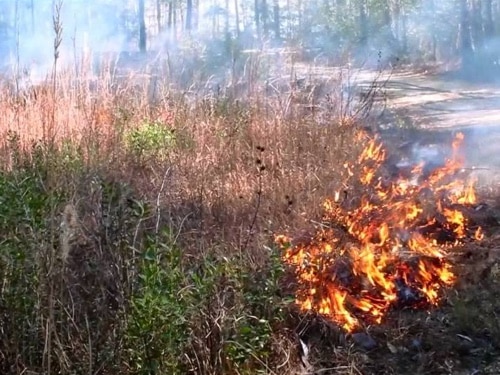
Conservation Status
Due to habitat destruction for land development, the pixie moss population has been declining over the years. The decrease of controlled fires has caused the understory to become overcrowded blocking direct sunlight for the plants. Pixie moss have an overall Vulnerable conservation status due to the negative human impacts.
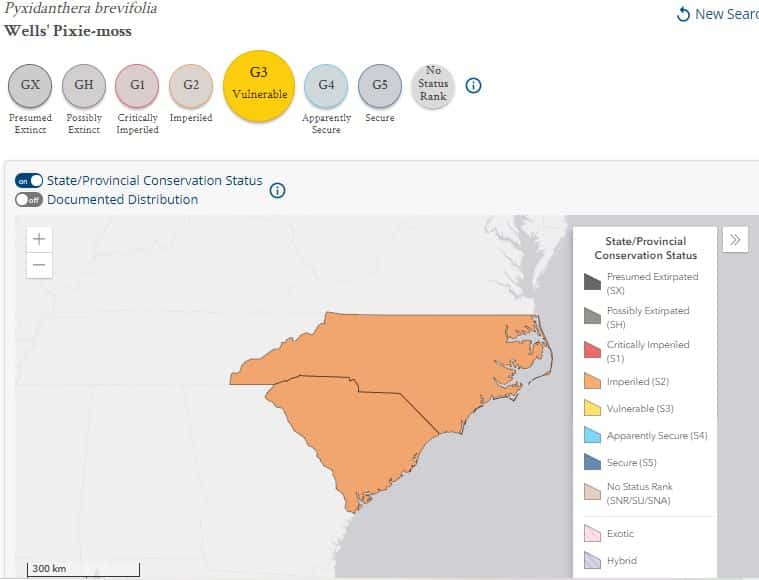
Human Impacts/ Threats

Fire Suppression
Many people think of fires in the forest as bad, so they work hard to prevent or suppress them. But longleaf forests NEED regular fire to support habitat for the species that live there!
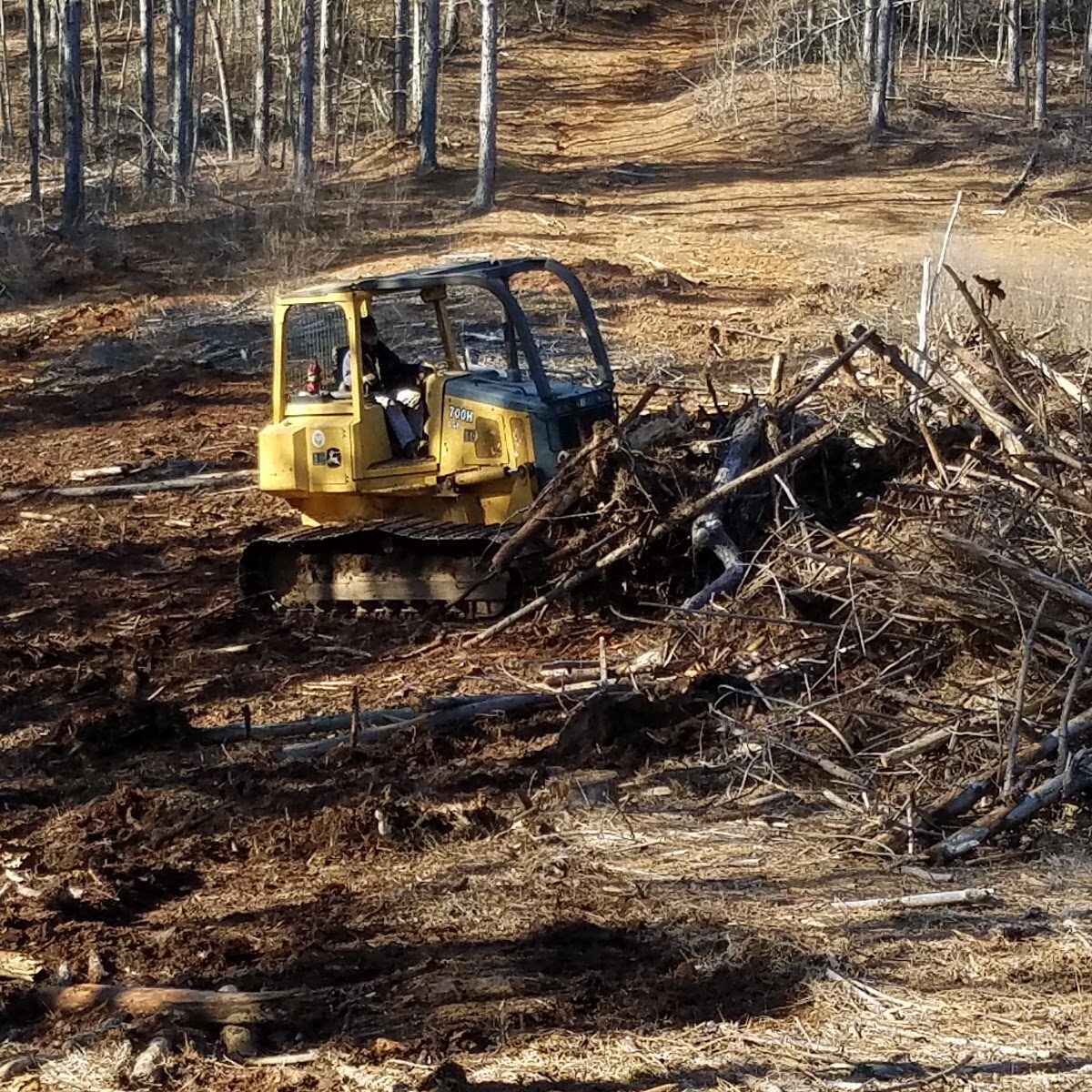
Land Use Conversion
Longleaf forests and the habitat it supports is being cleared or converted to use the land for other uses like houses, roads, agriculture, and even to grow different types of trees to sell.
Resources
Brooklyn Botanical Garden. Plants & Gardens Blog
Lady Bird Johnson - Wildflower Center. Plant Database
NC Native Plant Society. Pixie Moss
